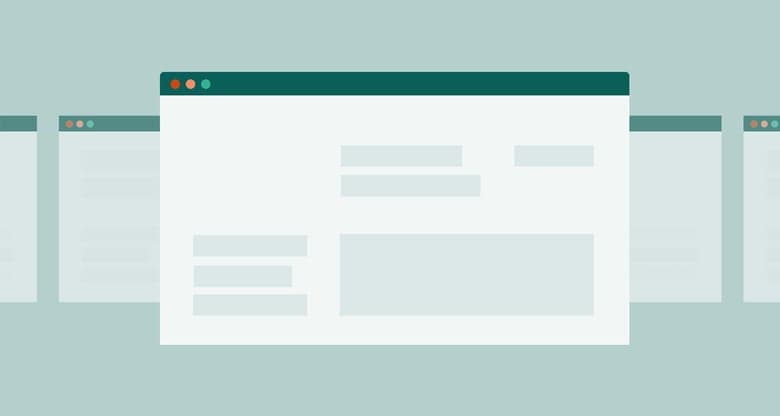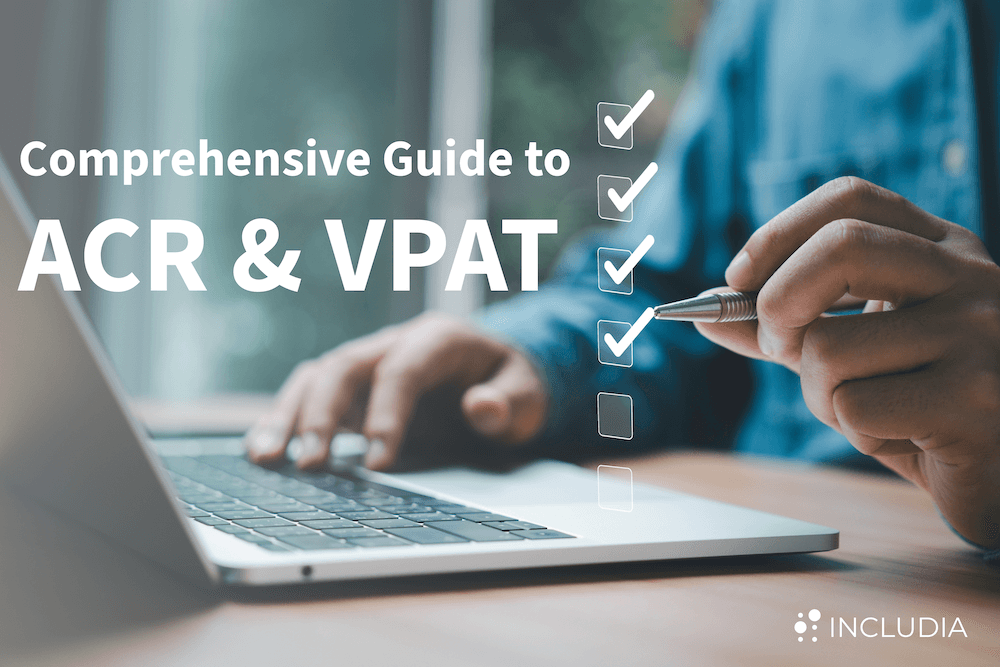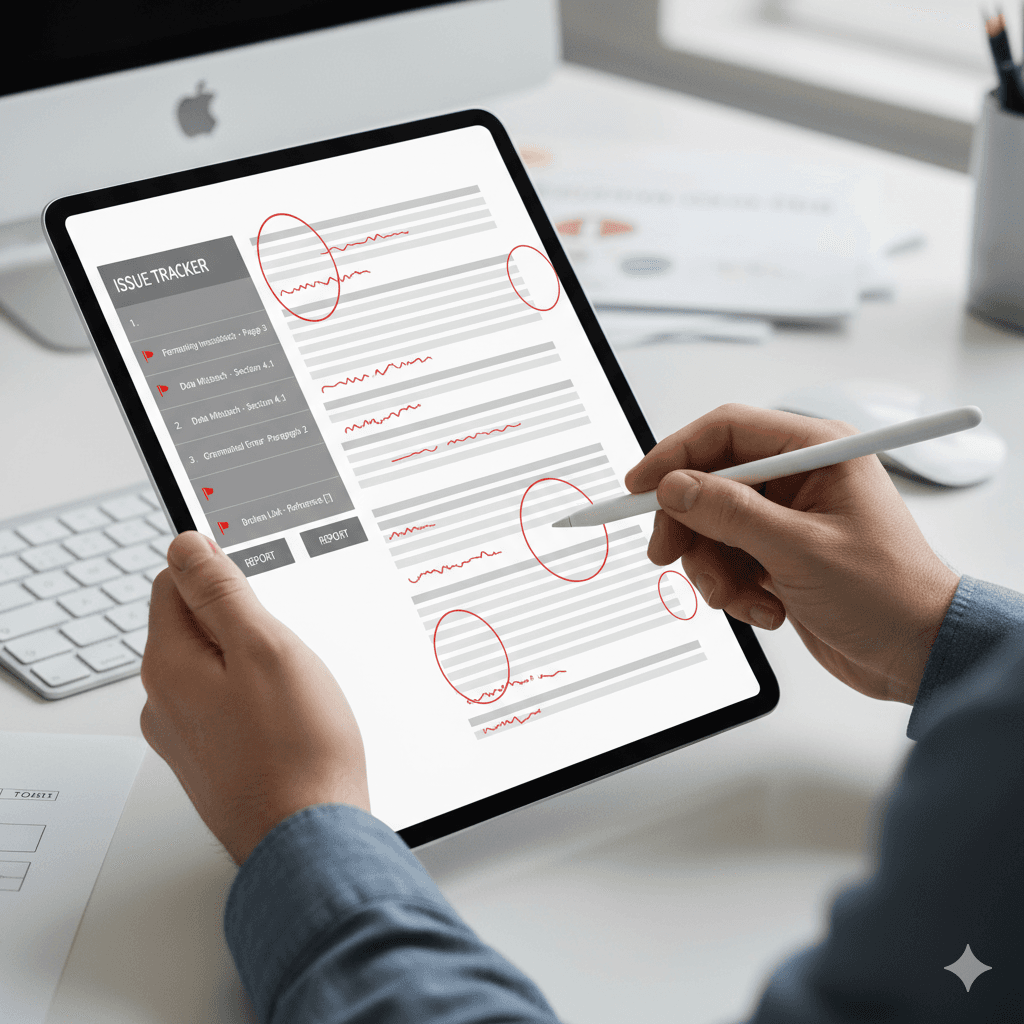Understanding Alt Text in Web Development
Alt text, or alternative text, is an essential aspect of web accessibility and a crucial practice in inclusive web design. It involves providing textual descriptions for images, ensuring that all users, including those who rely on screen readers or have visual impairments, can understand the content and context of visual elements on a webpage.
Defining Alt Text
Alt text is the content of the alt attribute within an HTML <img> tag. This text serves as a substitute for an image when the image cannot be viewed. Alt text describes the appearance or function of an image, enabling screen readers to convey this information to users who cannot see the image. Additionally, alt text is displayed in place of an image if the image fails to load.
<img src="sunset.jpg" alt="A beautiful sunset over the mountains">
Purpose of Alt Text
The primary purpose of alt text is to ensure accessibility. It allows users who are blind or visually impaired to understand the content and context of images through screen readers. Moreover, it serves as a fallback for situations where images cannot be displayed due to slow internet connections or technical issues. Alt text also benefits search engine optimization (SEO) by providing context about the image to search engines.
- Screen Reader Users: Alt text enables screen readers to describe images, ensuring visually impaired users receive the same information as sighted users.
- Broken Images: When an image fails to load, the alt text appears in its place, providing context.
- SEO: Search engines use alt text to understand the content of images, which can improve a webpage’s search engine ranking.
Redundancy is a Problem
One common issue with alt text is redundancy. Redundancy occurs when the alt text directly duplicates information that is already present and visible near the image. This can lead to a repetitive and confusing experience for screen reader users, as the screen reader may read the same information twice.
For example, consider the following scenario:
<p>Our company's logo:</p>
<img src="logo.png" alt="Our company's logo">
In this case, the alt text duplicates the visible text, leading to redundancy.
How to Fix Redundant Alt Text
To avoid redundancy and improve the accessibility of your website, consider the following strategies:
-
Provide Unique Descriptions: Ensure that the alt text provides additional information or context that is not already conveyed by nearby text.
<p>Our company's logo:</p> <img src="logo.png" alt="Logo of Our Company, featuring a blue and green color scheme"> -
Use Null (Empty) Alt Text for Decorative Images: For images that are purely decorative and do not add meaningful content to the page, use a null alt attribute (
alt=""). This tells screen readers to skip the image, reducing unnecessary verbosity.<img src="decorative-line.png" alt=""> -
Contextual Alt Text: Make the alt text context-specific and meaningful within the page's content. Describe the image in a way that complements the surrounding text.
<p>Our team's new project:</p> <img src="project-diagram.png" alt="Diagram showing the phases of our new project, including planning, development, and launch"> -
Avoid Repeating Visible Text: If the image’s function is already described by nearby text, you can use a brief alt text or none at all if appropriate.
<p>Our company's logo:</p> <img src="logo.png" alt="">
Conclusion
Alt text is a powerful tool in making the web accessible to everyone. By providing clear, descriptive, and non-redundant alt text, web developers can ensure that all users, regardless of their abilities, have access to the same information. This not only enhances the user experience but also aligns with best practices in web accessibility and SEO. Implementing thoughtful and effective alt text is a small but significant step towards a more inclusive internet.



